What I learned from "Blackfish" documentary // @m4deline
I had watched the documentary Blackfish for the second time a few weeks ago. I had watched it a long time before and to this day is one of the only documentaries I actually like. As I watched it for the second time I realized (1)how cruel humans are, (2) how beautiful killer whales are, and (3) how heartbreaking the story of Tilikum the orca is. After watching the film I began to research killer whales by watching videos, reading articles, and looking pretty deep into the web. In class I am often times caught watching videos of killer whales. It honestly so interested in them and their nature. This stemmit post is going to be about how the film “Blackfish” changed mine and so many other people's perspective on killer whales or orcas their more gentle name.
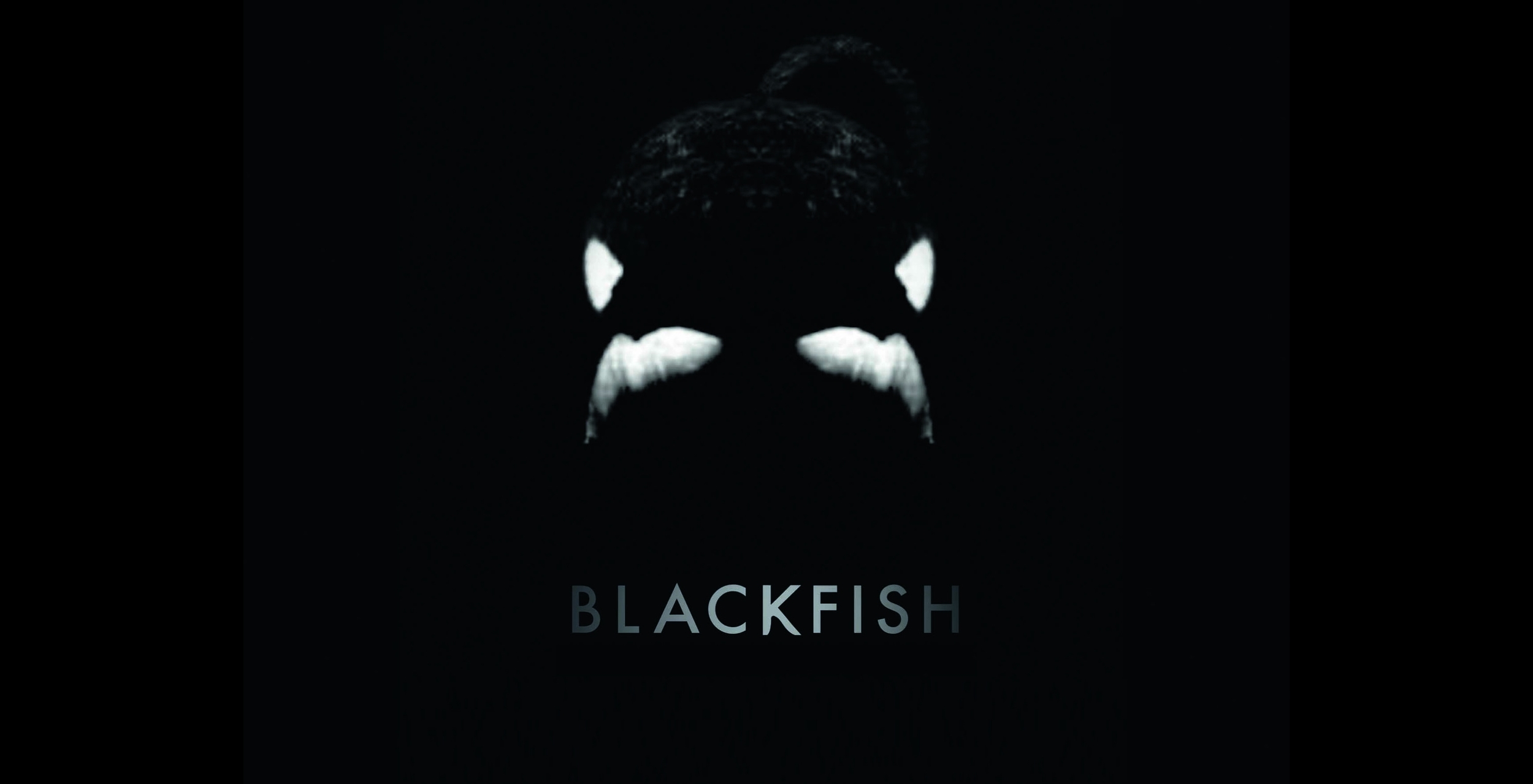
But before I get into all of this you may be wondering: wait...
What is Blackfish?
Let me answer that question for you:
Blackfish is a 2013 documentary surrounding the killer whale Tilikum. The story of Tilikum, a captive killer whale that has taken the lives of several people, underscores problems within the sea-park industry, man's relationship to nature, and how little has been learned about these highly intelligent mammals. (copied off of the google movie description)
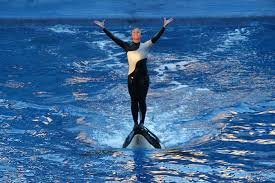
How Blackfish changed me
I am going to talk about how the documentary changed my perspective on orca’s, Sea World, and human beings.
Orca’s
I had never thought of orca’s much until I saw Blackfish. They were just those cute animals people trained to do neat tricks to me before I really tried to find information on them.
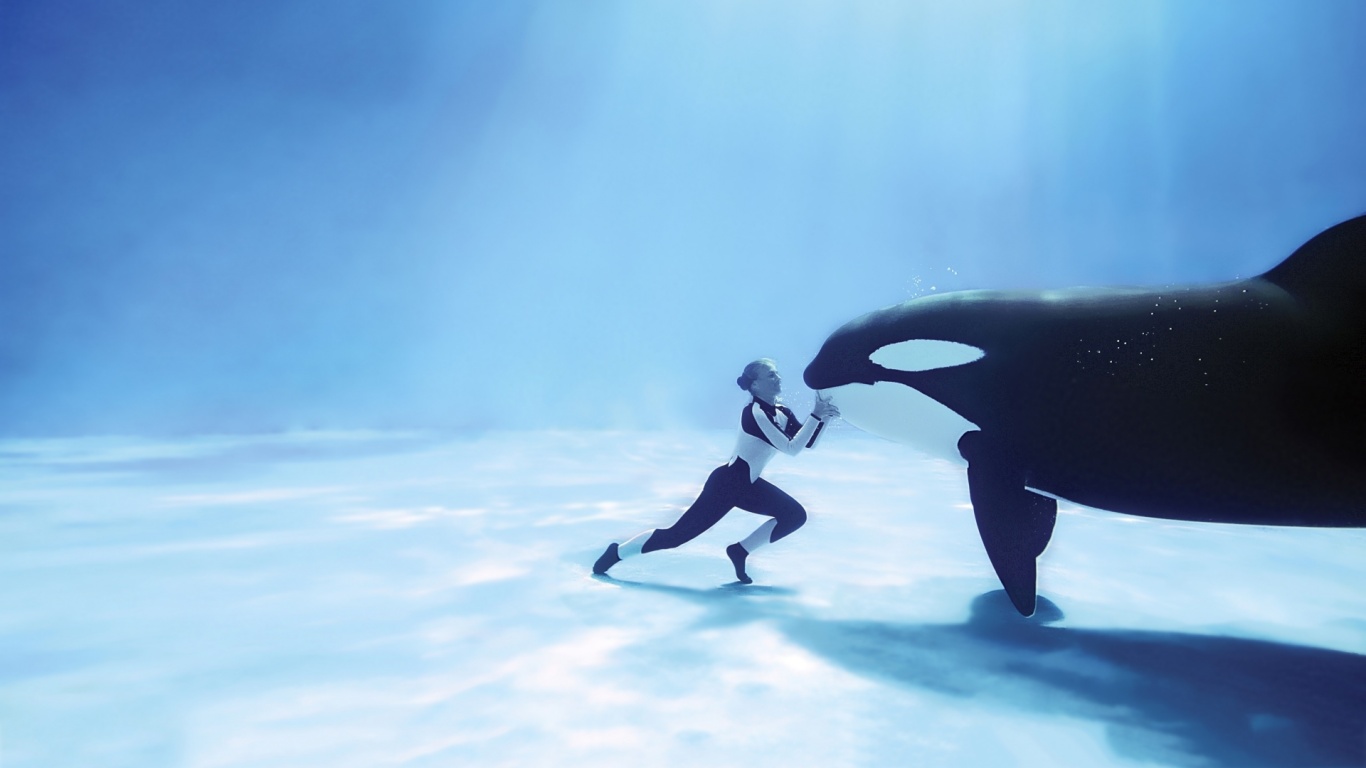
After I saw Blackfish I became obsessed with watching videos of anything Orca related. I constantly was just surfing the web eating up anything I could find. I learned:
1. There are no records of a orca killing a human in the wild
Howard Garrett, cofounder of the Orca Network in Washington state, said "As I wrote in Death at SeaWorld, a mammal-eating transient orca bit the leg of a Northern California surfer in 1972, then immediately let go. It’s possible the animal mistook the surfer’s wet suit for some kind of odd seal but was not interested in human flesh. The victim, who required 100 stitches, is the only known human to be injured by a wild orca." (copied from a article written by David Kirby at takepart.com ) Humans must have done something wrong to inflict that behavior on Orca's in captivity.

2. Orcas die much earlier in captivity than in the wild
Employees at Seaworld may tell you otherwise but "Female killer whales in the wild can live up to 100 years and their male counterparts 50 to 60 years but SeaWorld’s orcas only live 25 to 30 years." (I found this written in an article by
Lisa Halverstadt on the voiceofsandiego.org website) These creatures had the chance to live 20+ more year in the wild but humans managed to lower there life-span.
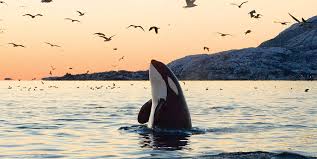
3. Killer Whales are taken from their families
Killer Whales are herded with explosives dropped from helicopters into nets that rip them apart from there family. In the beggining of whale capturing, 3 killer whales that had died where cut open, filled with rocks, and sank to the bottom of the water. The oraca's had washed up and exposed the cruelty of whale captures and protests began. I had read whenever Tilikum the whale was taken from his family they stayed outside of the nests crying and calling for him and even attempted to follow the ship.
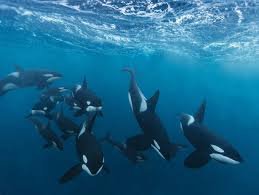
Sea World
I used to think the worst thing that happened at Sea World was a dolphin biting a girls finger and boy was I wrong. I thought it would be the coolest to work at Sea World and I thought "I am going to train the Orca's" now it disgusts me.
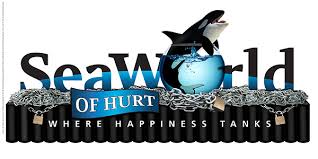
1. Sea World fails to care for animals
Sea World has been busted by the USDA and PTEA for disregarding the safety of there animals and staff . The animals face harm due to these violations. Some animals have died in the past due to these violations. It was (and still is) heartbreaking to me to learn that innocent animals already stripped of everything they had are then treated so poorly. Blackfish was truly was a wake-up call.
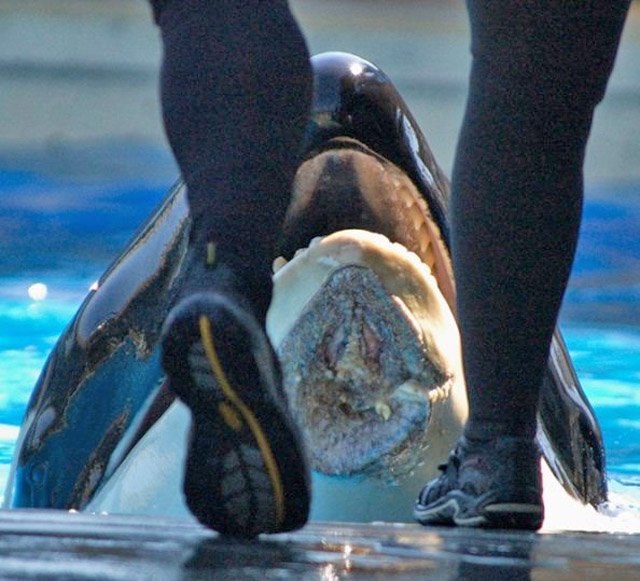
2. Trainers are just preformers
Trainers aren't biologists. These people may have never, ever, had any experience with animals but put on a good show and get hired. Sea World says the trainers have some type of background that makes the public feel the trainers are fit to take care of these animals but usually aren't. The trainers aren't there to educate people they are there to put on a good show. It would honestly be so scary being in a situatuion where people you didn't know much about you were to take care of you and they didn't know much about you.

3. Tank size
Killer Whales usually in the wild swim up to 100 miles a day. In Sea World they are kept in tanks the size of bathtubs to them. It is inhumane to trap animals in areas that small.
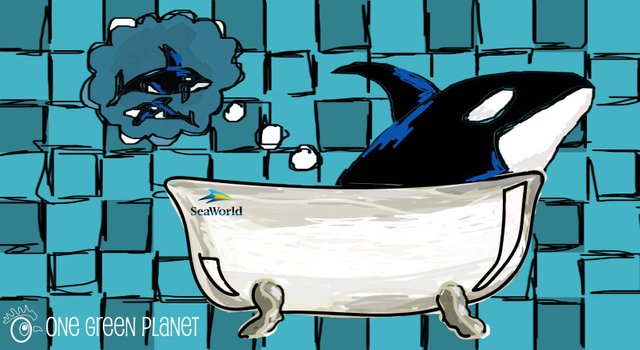
I honestly learned so much after Blackfish and the research that I followed up.
To help urge Sea World to send orcas to sea sanctuaries and end it's use of animals go to this link: https://support.peta.org/page/1943/action/1
To learn more about Sea Worlds cruelty go to this link: https://www.seaworldofhurt.com/
Links used for research on this:
http://www.takepart.com/article/2014/02/24/did-wild-orca-really-just-attack-diver-new-zealand
https://www.voiceofsandiego.org/topics/news/5-big-claims-blackfish-makes-about-seaworld/
https://www.seaworldofhurt.com/features/ten-things-didnt-know-seaworld/
They are so beautiful. Very nice synopsis.
Terrible. The first time my fiancée saw me cry was when we watched blackfish for the first time
I must confess I cried aswell
There are no records of a orca killing a human in the wild - I had no idea! That's a compelling piece of the whole history here. I haven't watched Blackfish yet, but it's on my list.
Thanks for sharing this breakdown of such a powerful documentary. (And great to see you on Steemit again :D)
Thanks :))